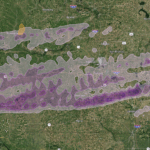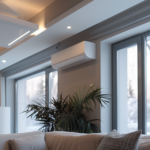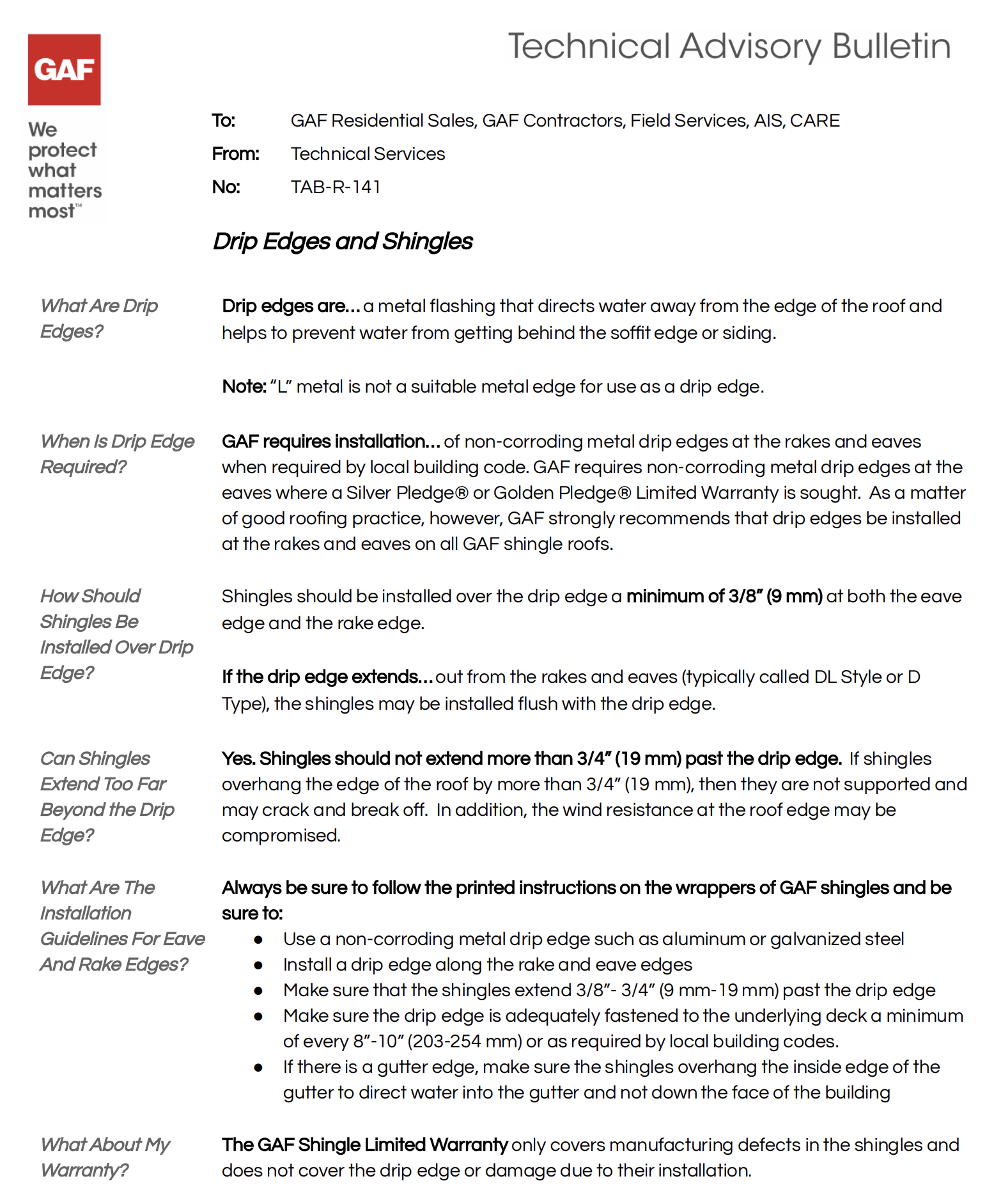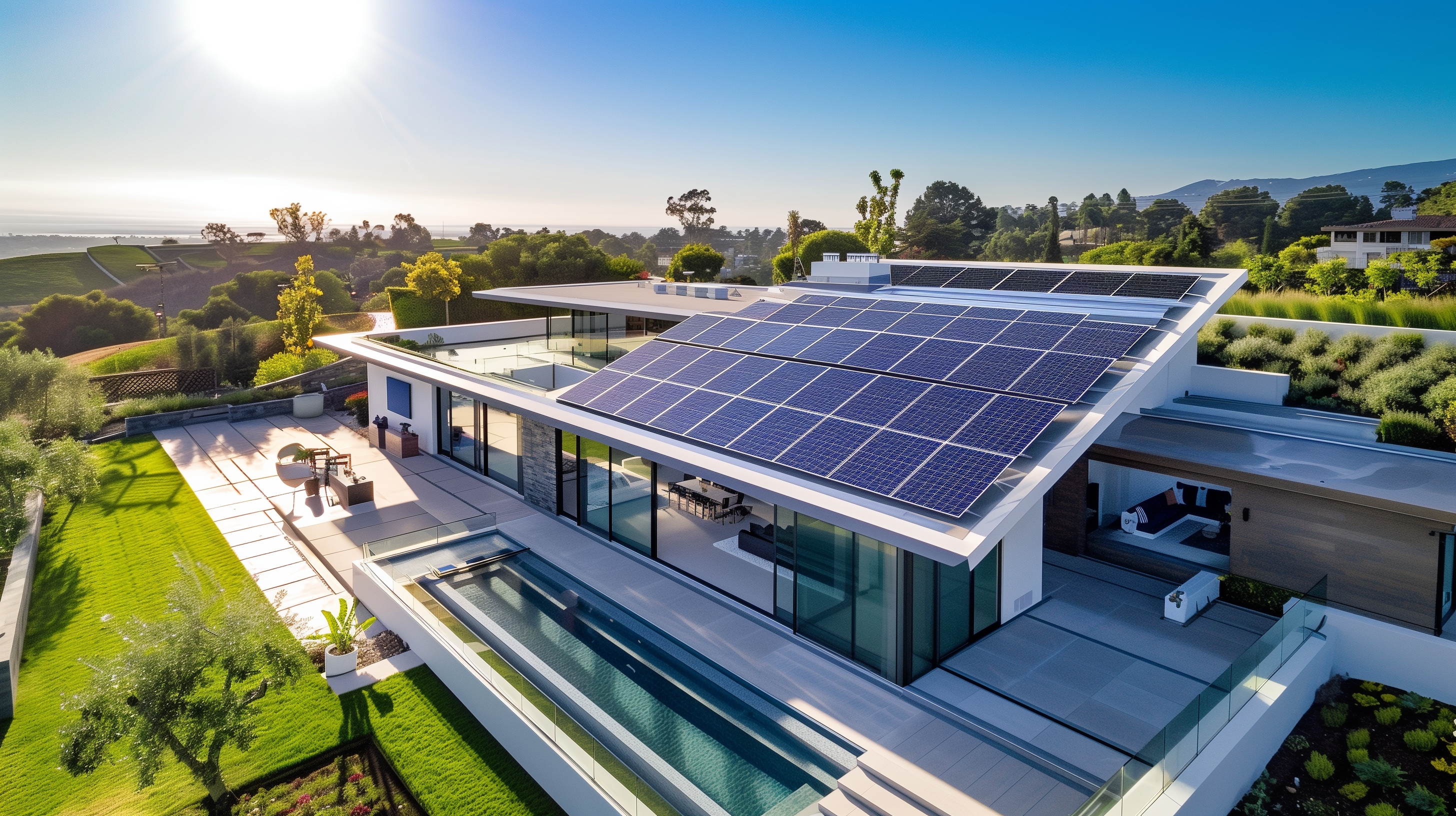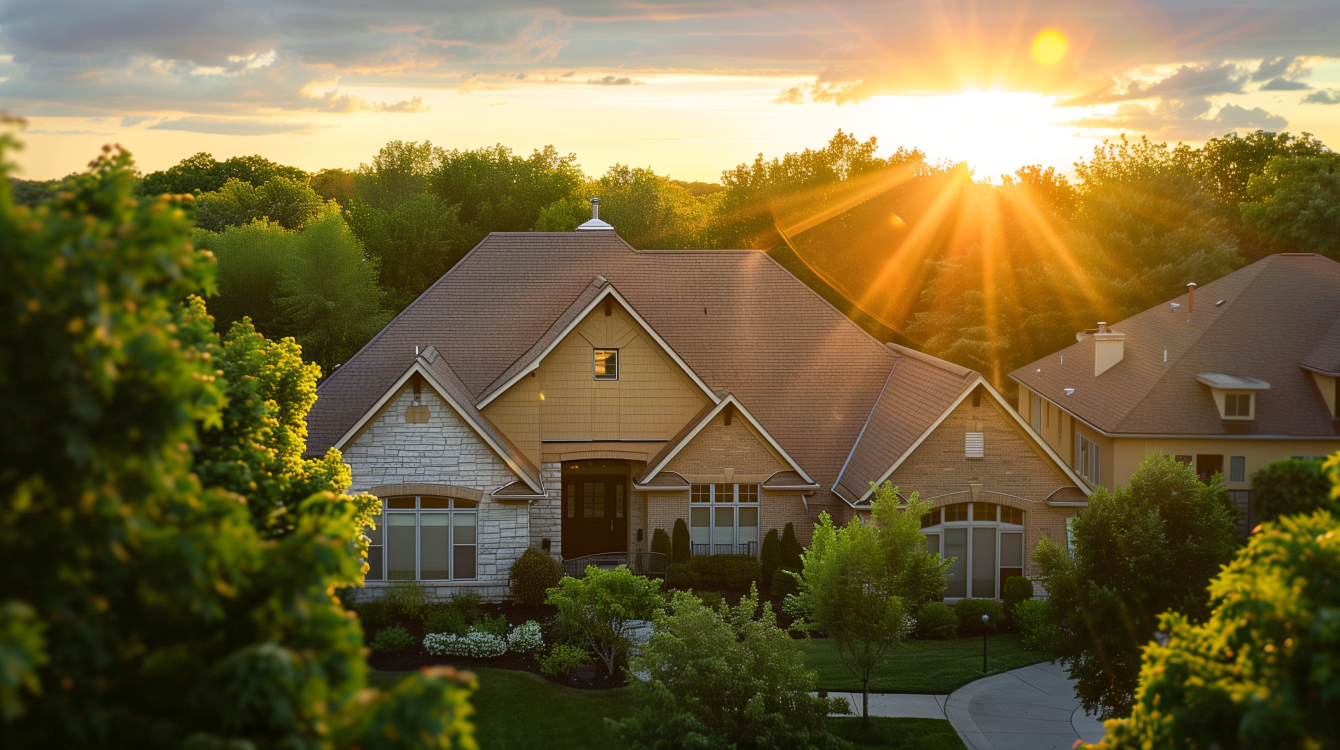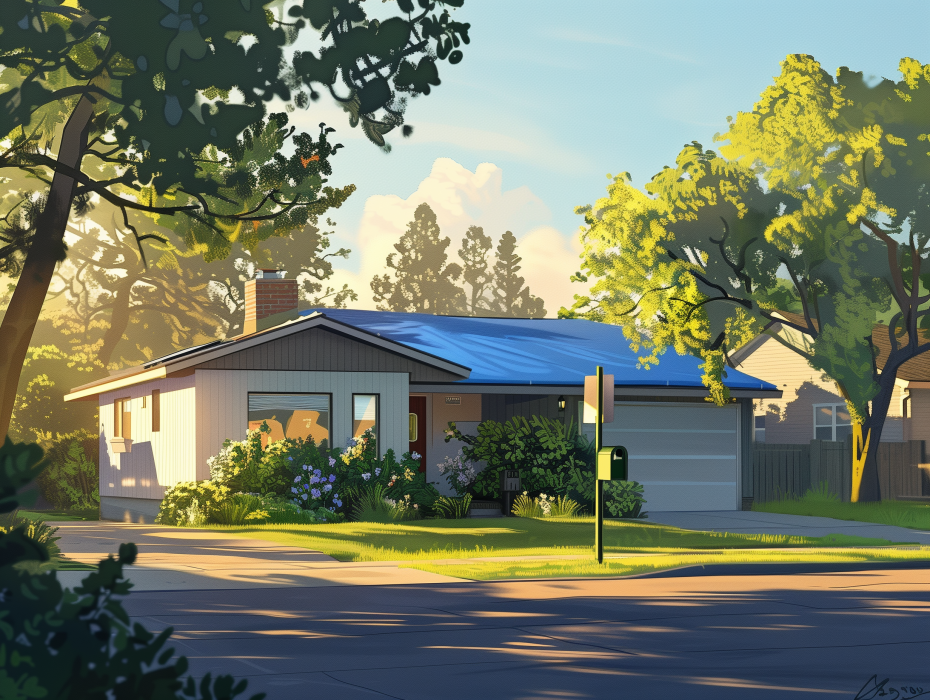Understanding Drip Edges
Drip edges are a critical component in roofing systems, serving as metal flashing that directs water away from the roof edge. This prevents water from seeping behind the soffit edge or siding, which could cause significant damage over time. It is important to note that “L” metal is not suitable for use as a drip edge.
When Is Drip Edge Required?
GAF requires the installation of non-corroding metal drip edges at the rakes and eaves where local building codes mandate it. Additionally, for GAF’s Silver Pledge® or Golden Pledge® Limited Warranties, non-corroding metal drip edges are required at the eaves. As a best practice, GAF strongly recommends installing drip edges at both the rakes and eaves on all shingle roofs.
How Should Shingles Be Installed Over Drip Edge?
- Minimum Overhang:
- Shingles should extend over the drip edge by a minimum of 3/8” (9 mm) at both the eave and rake edges.
- Flush Installation:
- If the drip edge extends out from the rakes and eaves (DL Style or D Type), shingles can be installed flush with the drip edge.
Can Shingles Extend Too Far Beyond the Drip Edge?
Yes, shingles should not extend more than 3/4” (19 mm) past the drip edge. Overhanging shingles beyond this limit can result in unsupported edges that may crack and break off. Furthermore, excessive overhang can compromise the wind resistance at the roof edge.
Installation Guidelines for Eave and Rake Edges
To ensure proper installation and performance, follow these guidelines:
- Use Non-Corroding Metal:
- Choose drip edges made of aluminum or galvanized steel to prevent corrosion.
- Install at Rake and Eave Edges:
- Install drip edges along both the rake and eave edges.
- Shingle Extension:
- Ensure shingles extend 3/8” to 3/4” (9 mm to 19 mm) past the drip edge.
- Secure Fastening:
- Adequately fasten the drip edge to the underlying deck every 8” to 10” (203 mm to 254 mm) or as required by local building codes.
- Gutter Overhang:
- If there is a gutter, ensure shingles overhang the inside edge of the gutter to direct water into the gutter, preventing water from running down the face of the building.
Warranty Considerations
The GAF Shingle Limited Warranty covers manufacturing defects in the shingles but does not cover the drip edge or any damage resulting from their installation. Therefore, proper installation following GAF’s guidelines is crucial to avoid potential issues that could affect your roof’s performance and longevity.
Conclusion
Proper installation of drip edges is essential for maintaining the integrity and performance of your roofing system. By following GAF’s recommendations and local building codes, homeowners can ensure effective water management and prevent damage to their homes.
For Immediate Service or Consultation
Contact Allied Emergency Services, INC.
Phone: 1-800-792-0212
Email: Info@AlliedEmergencyServices.com
Location: Serving Illinois, Wisconsin, and Indiana with a focus on the greater Chicago area.
If you require immediate assistance or have specific questions, our human support is readily available to help you.
Disclaimer: This article is intended for informational purposes only. For professional advice, consult experts in the field.
